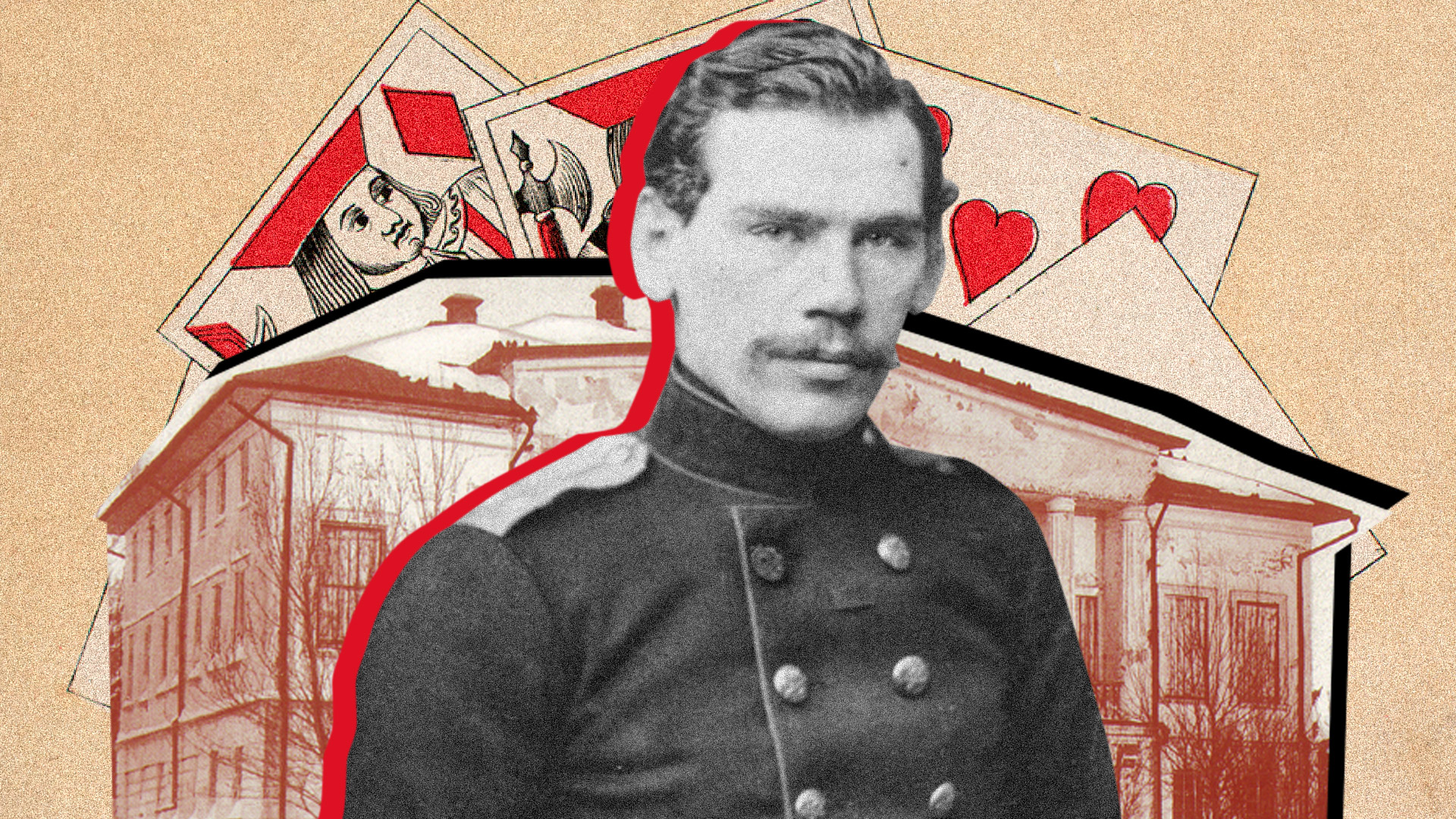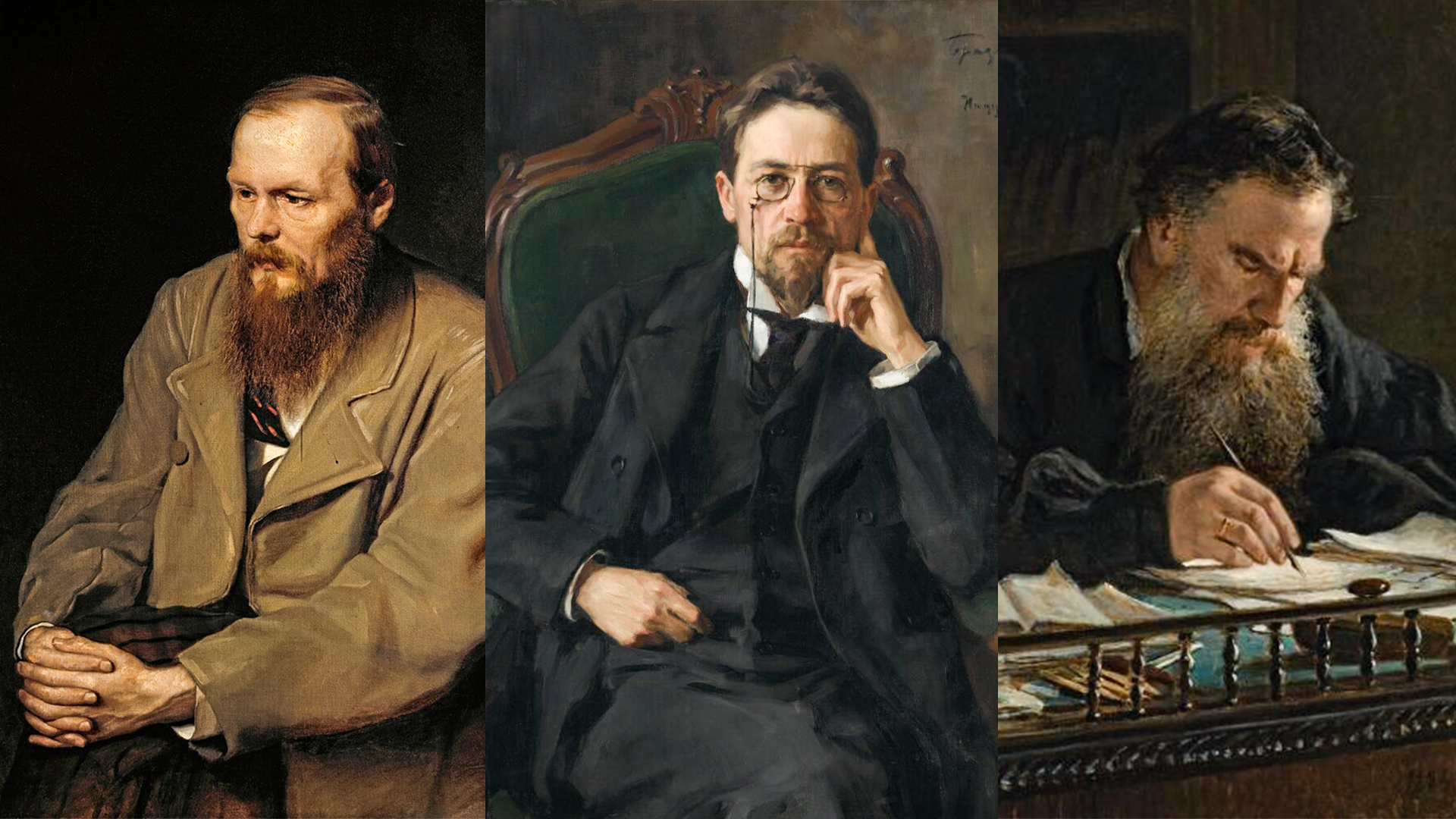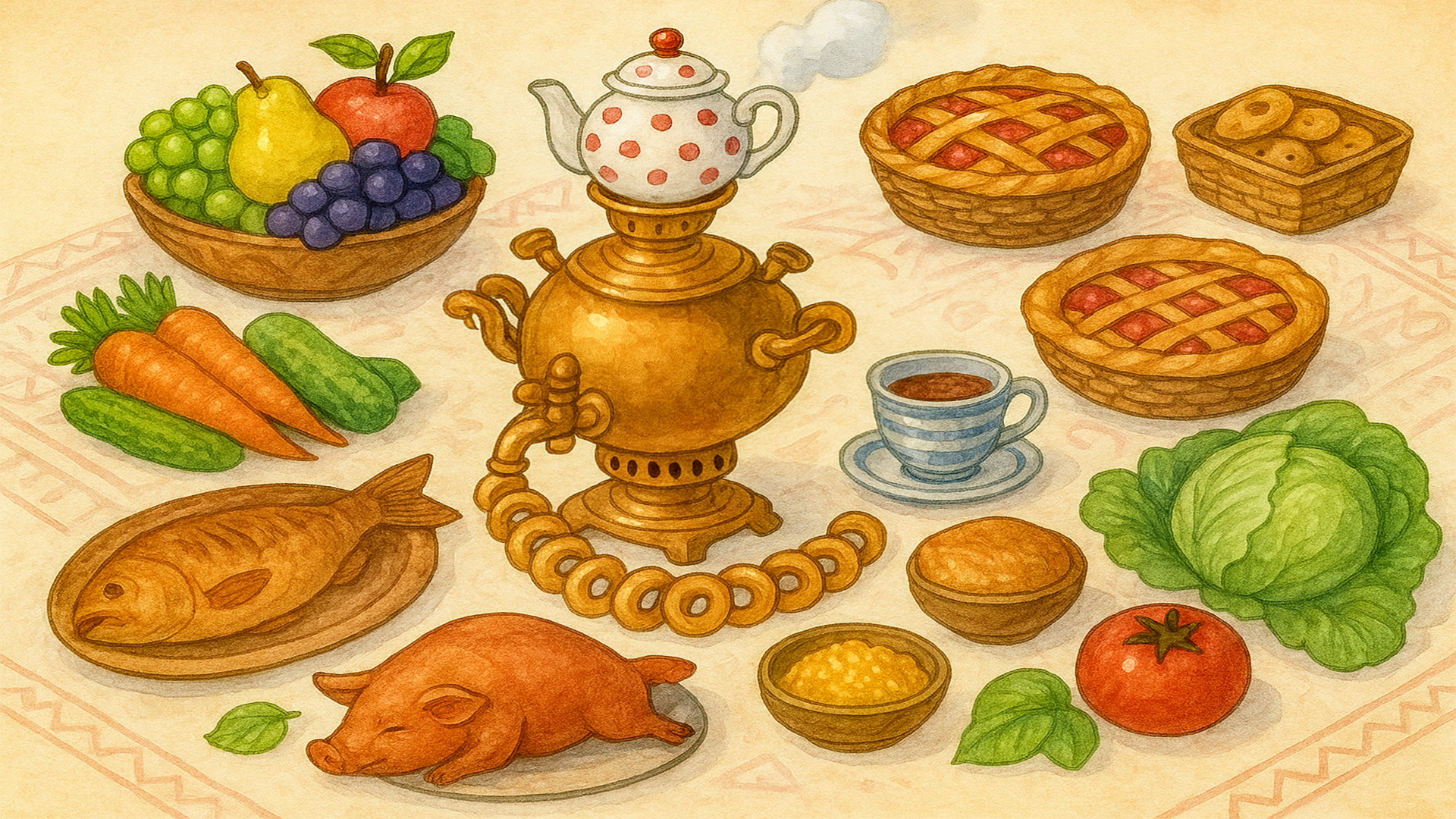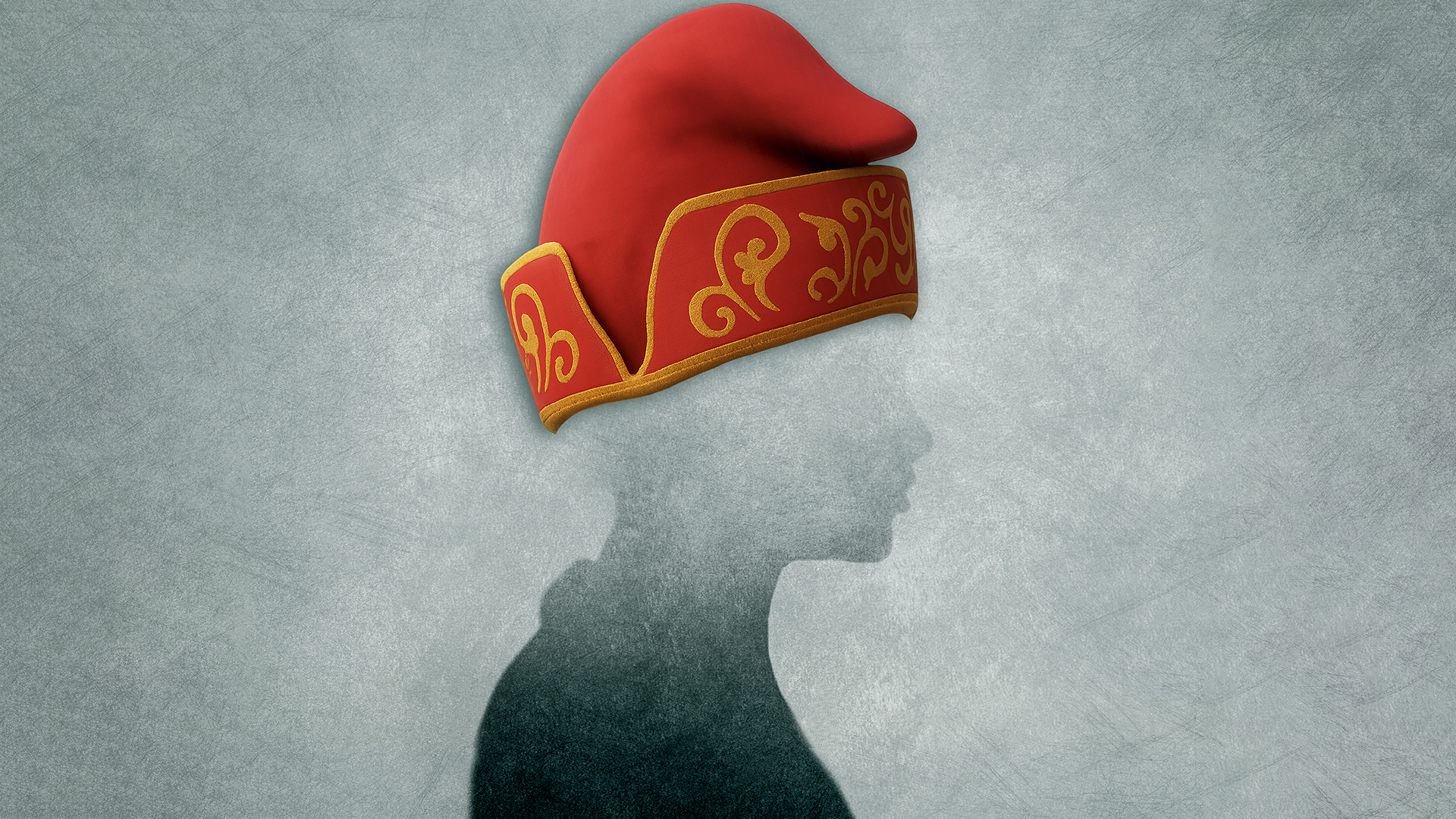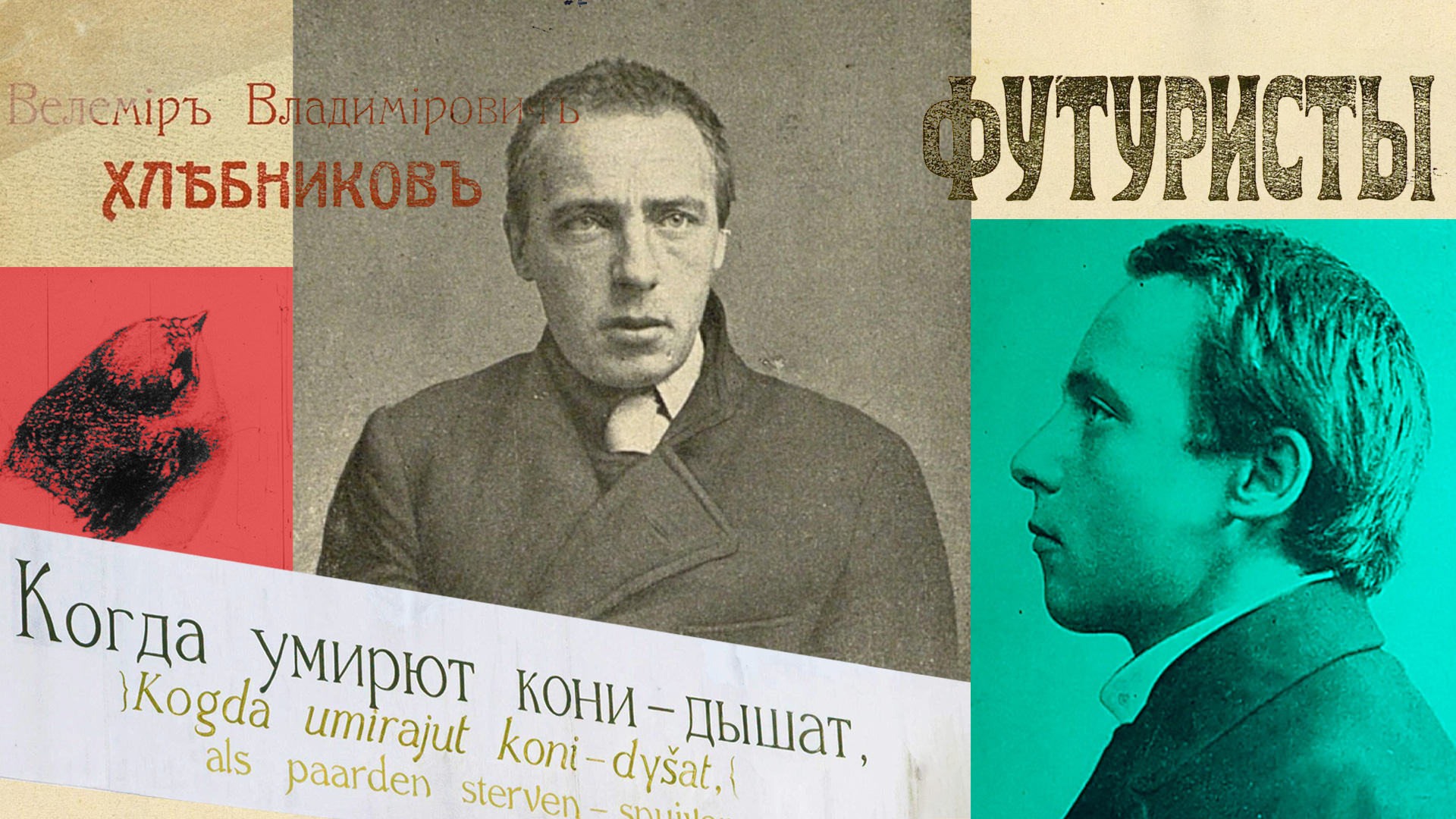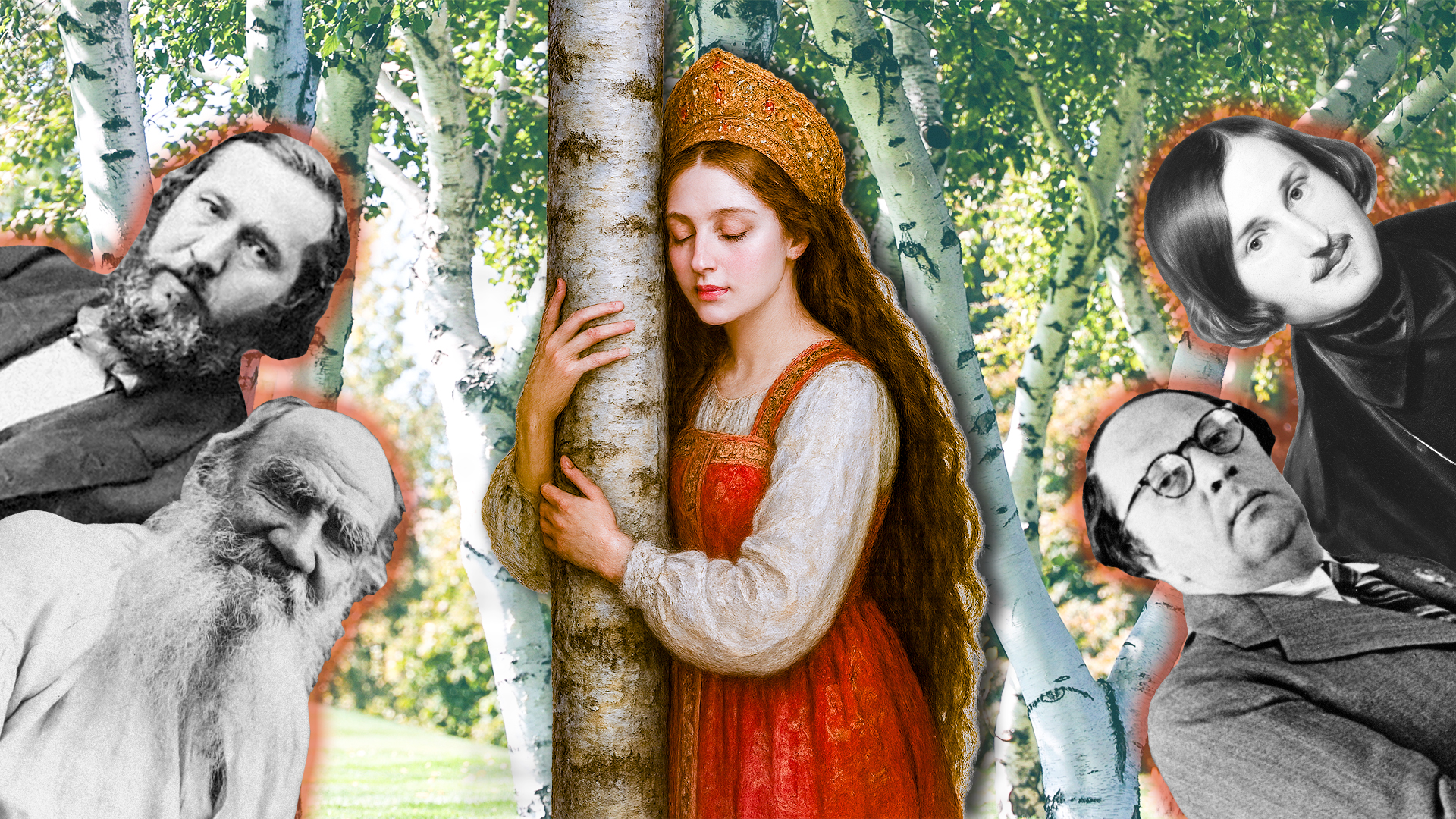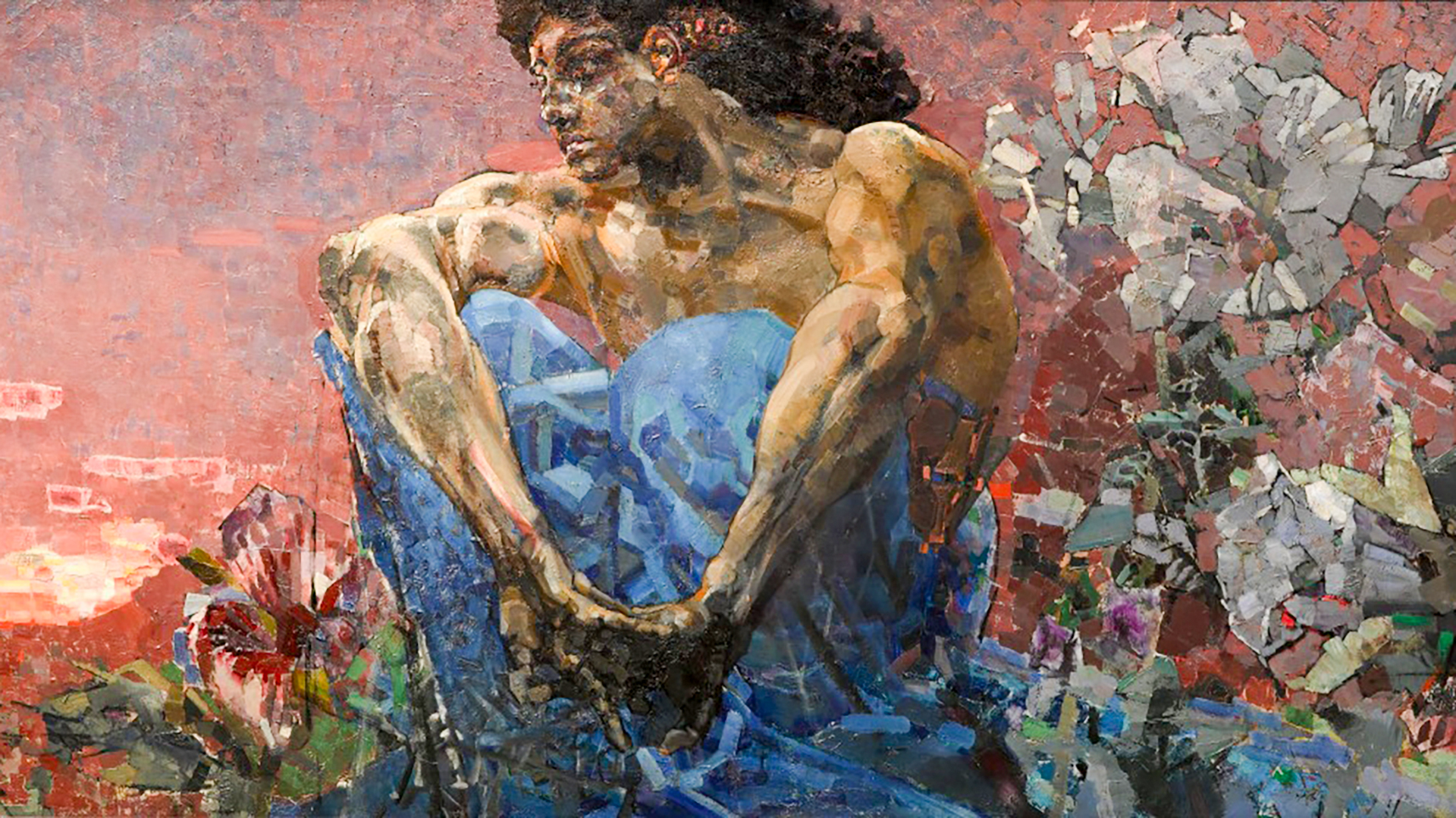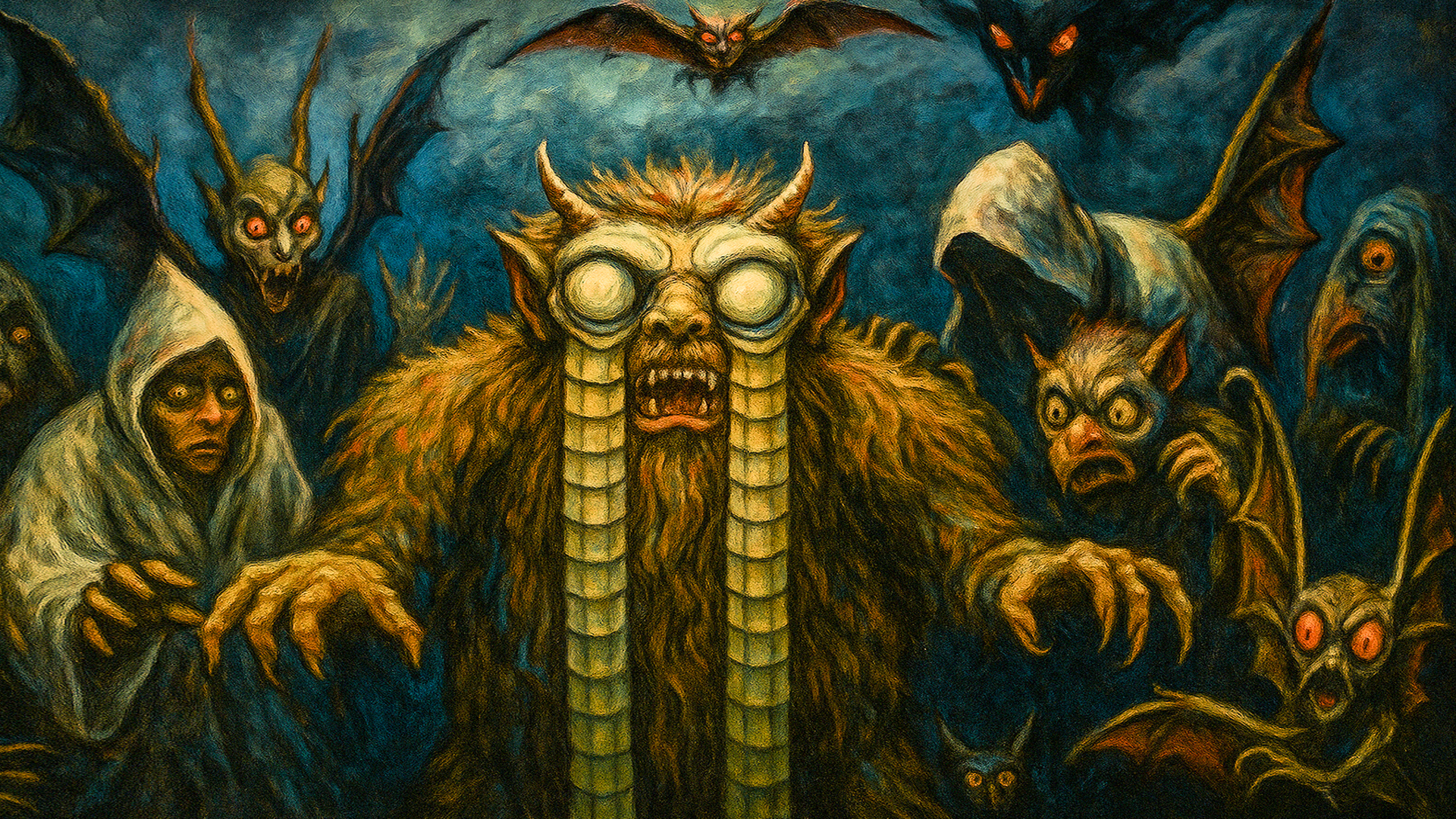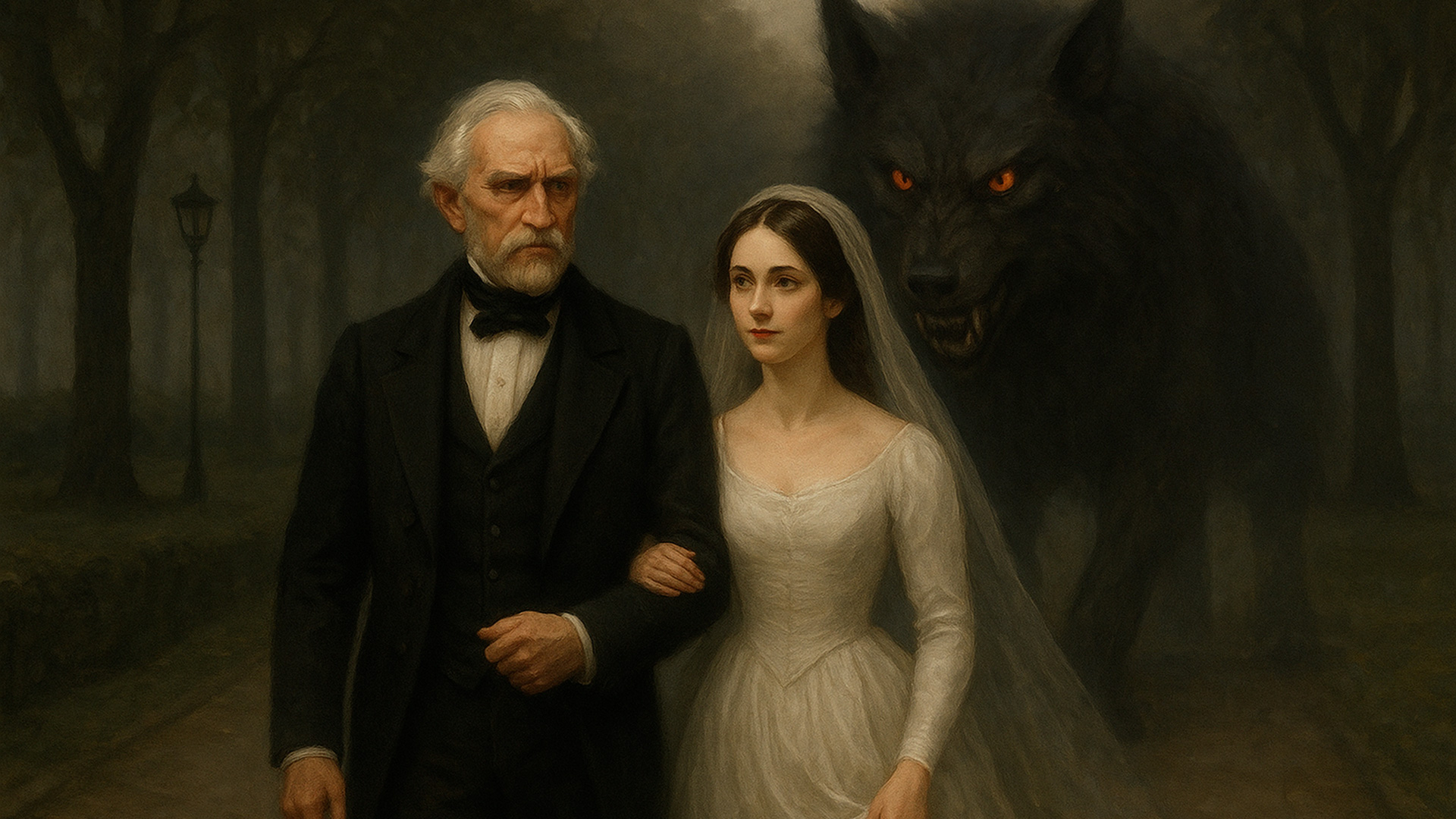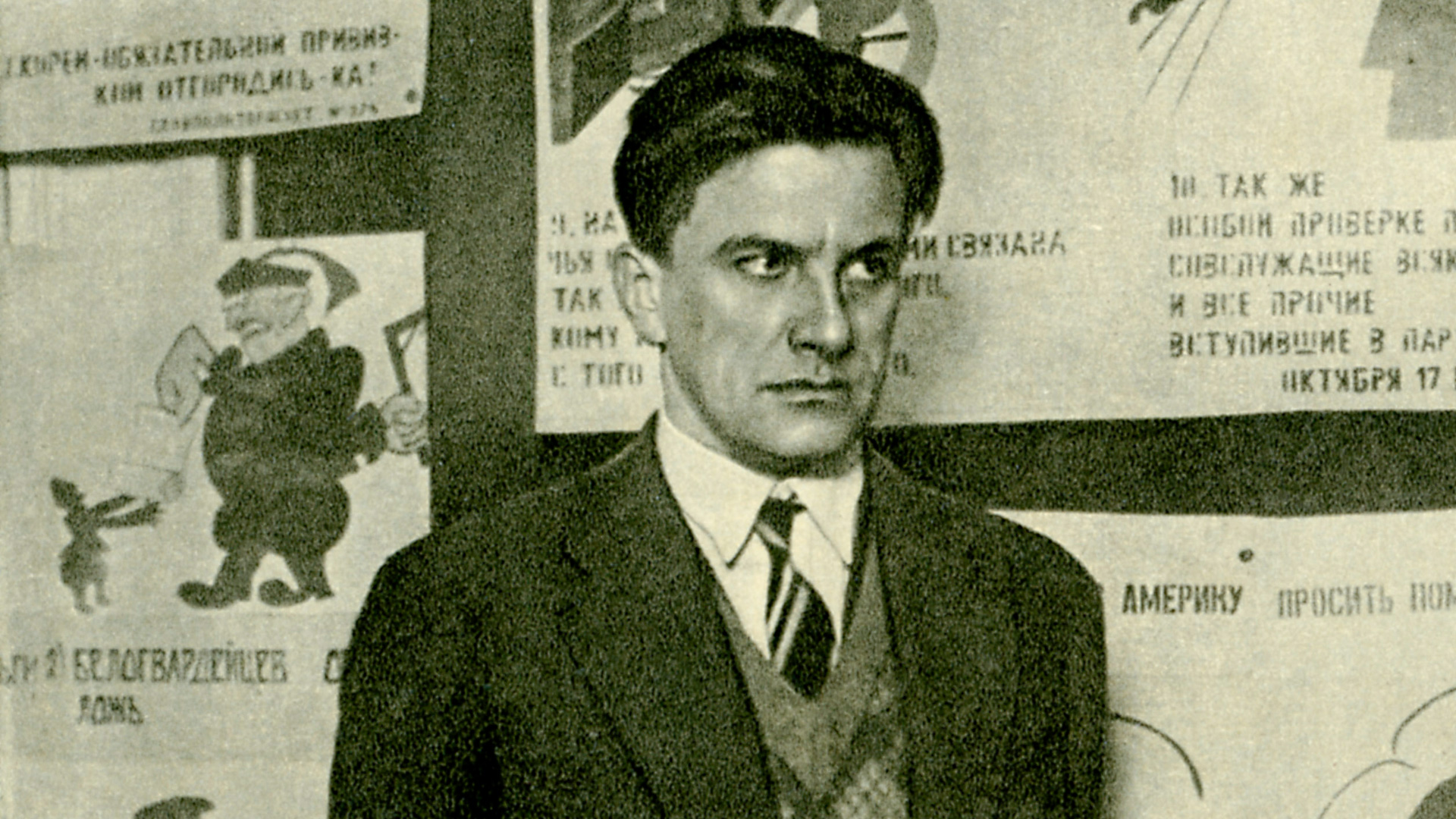
3 Russian fairy tales that were BANNED from publication
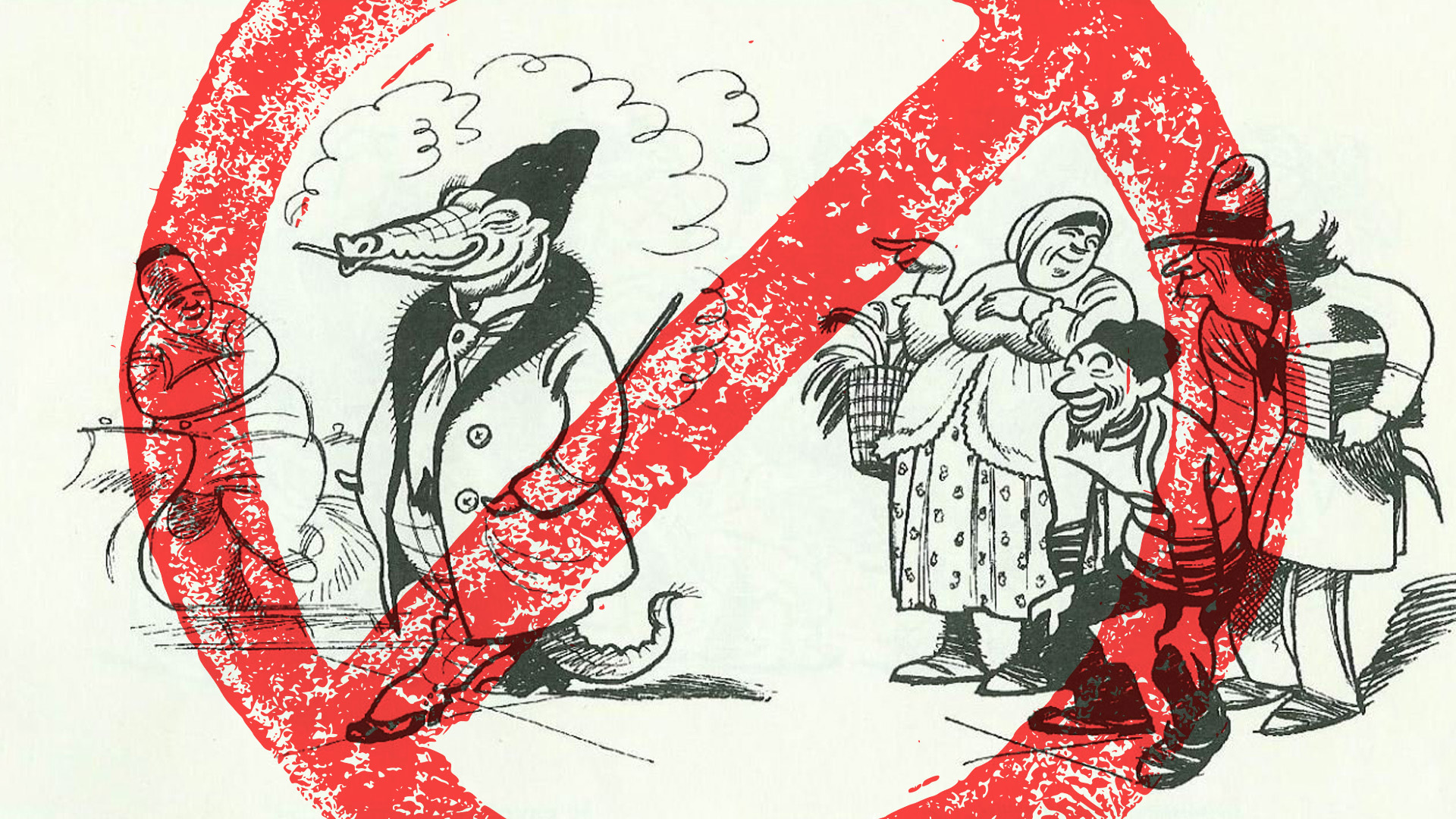
1. ‘Konek-Gorbunok’ (‘The Little Humpbacked Horse’)
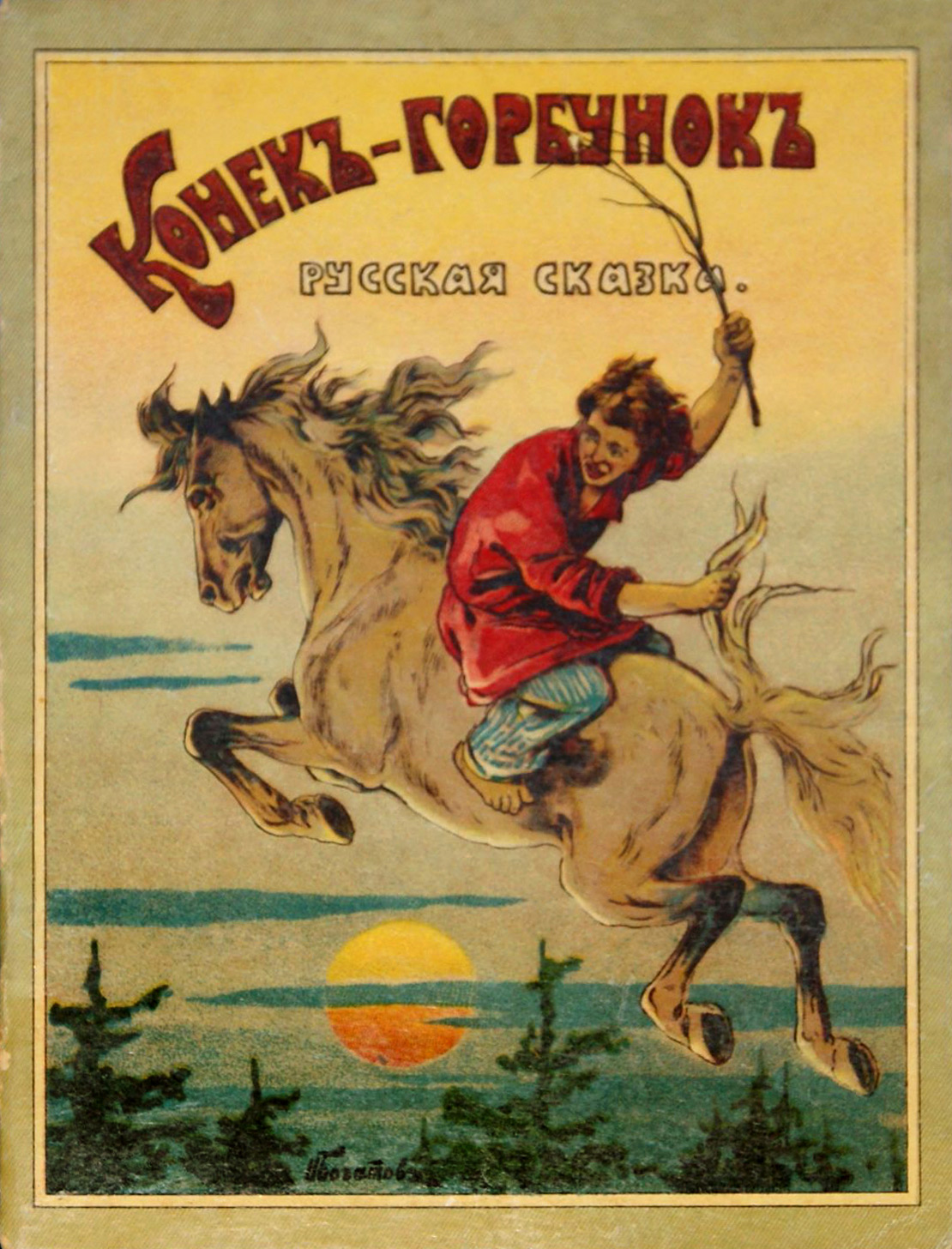
Once upon a time, there were three brothers. The youngest, Ivan the Fool, gets a magic little humpbacked horse. It helps him in all his adventures: Thanks to it, Ivan finds the feather of the Firebird, marries the Tsar Maiden and, finally, becomes the tsar himself.
It would seem that there would be no way to interpret such a plot incorrectly, right? And yet, the fairy tale in verse by Pyotr Yershov was banned more than once. At first, it was seen as a satire about the tsar (in the tale, the monarch not only sends Ivan to kidnap the Tsar Maiden, but then also demands that he bathe in boiling milk instead of him, that is, sending him to certain death). Due to these conflicts, which the authorities considered “questionable”, ‘The Little Humpbacked Horse’ was banned for 13 years!
After the revolution, history repeated itself and, once again, the fairy tale was banned because of the tsar. The problem was in the description: The people greeted him by falling to their knees. Political changes affected the tale later on, but, this time, already against the backdrop of the fight against the kulaks – the overly vigilant censors suspected the main character of the tale of being the successful son of a wealthy peasant.
2. ‘Kurochka Ryaba’ (‘Ryaba the Hen’)
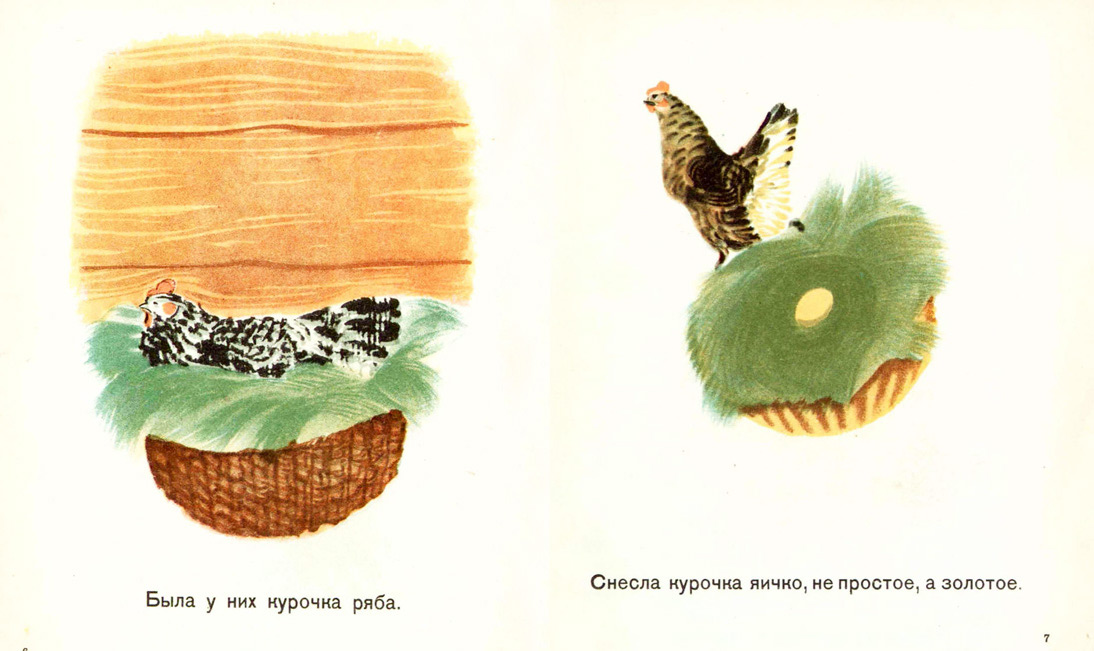
This story is often how Russian children first learn about fairy tales. A motley hen lays an egg – not a regular one, but a golden one. No one could break it open until a mouse ran past and touched it with its tail. The shell cracked and the hen’s owners cried bitterly. Then, the hen promises to lay a regular egg next time, not a golden one.
In the 1920s, the young Soviet state constantly fought against the “harmful” literature of the tsarist era, which, ironically, included quite harmless fairy tales. And only because their plots were not very realistic. Judge for yourself, can hens lay golden eggs? Or maybe they can talk? So, it turns out that this was considered “mysticism and anthropomorphism”, which was deemed unnecessary for Soviet children.
However, the fairy tale was saved by… bureaucracy! Several commissions were in discussions on whether to ban it or not. But, the Main Directorate for Social Education under the People's Commissariat of Education was against the ban, believing that teachers should simply explain that it was all fiction. So, they left the fairy tale alone.
3. ‘Krokodil’ (‘Crocodile’)
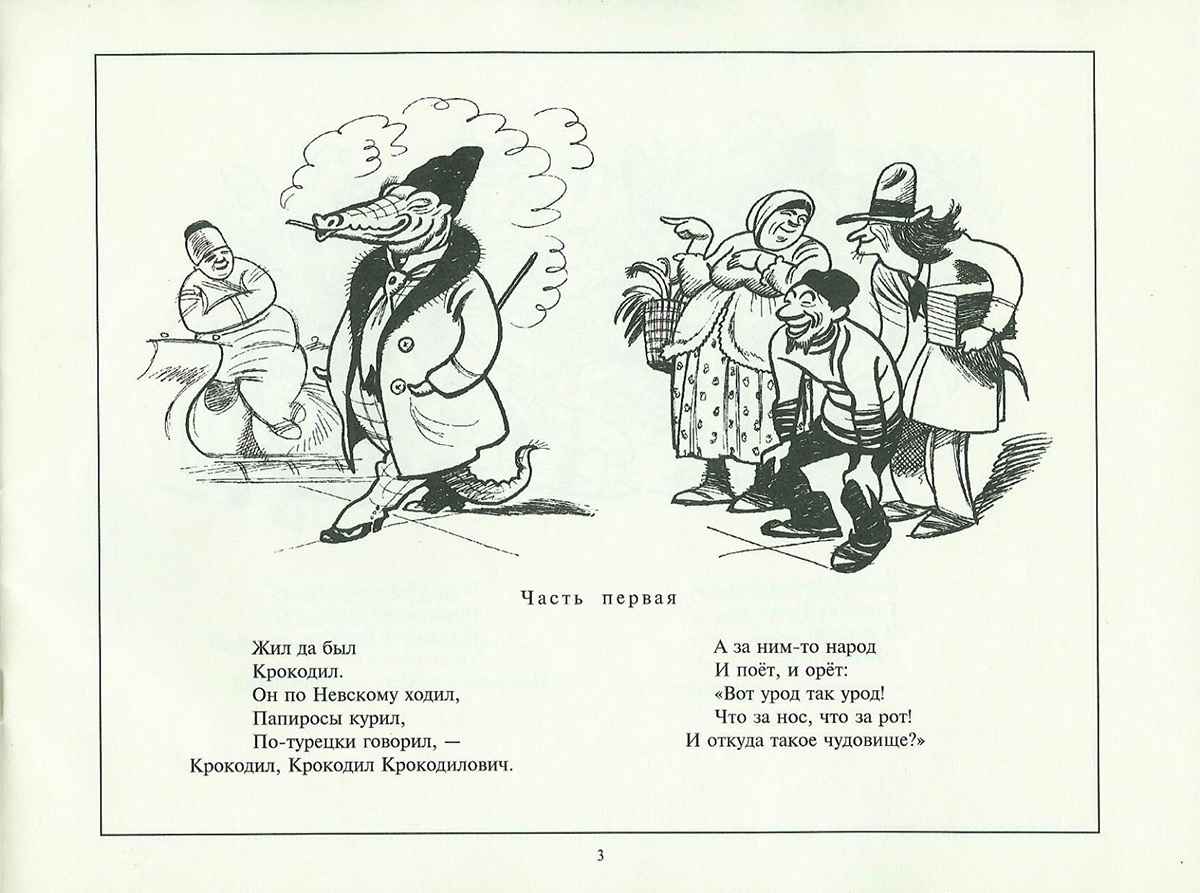
"This is bourgeois nonsense!" is how Nadezhda Krupskaya branded the fairy tale in verse by Korney Chukovsky. She dedicated an entire article to it, in which she explained in detail that Soviet children did not need such literature. Because, in reality, animals did not wear hats, did not smoke cigars and, besides, the "harmful" fairy tale was completely devoid of any clear political meaning. ‘Crocodile’ ended up being banned, with the fairy tale only returning to publication in the mid-1950s.
Other works by one of the most beloved Soviet children's poets also suffered. Several years earlier, his ‘Moidodyr’ and even ‘Mukha-Tsokotukha’ were unlucky. The censors saw a dangerous political undertones in them and the fly that “went across the field” and “found money” seemed like a bourgeois to them. So, in 1929, Korney Chukovsky was forced to publicly renounce his works.


